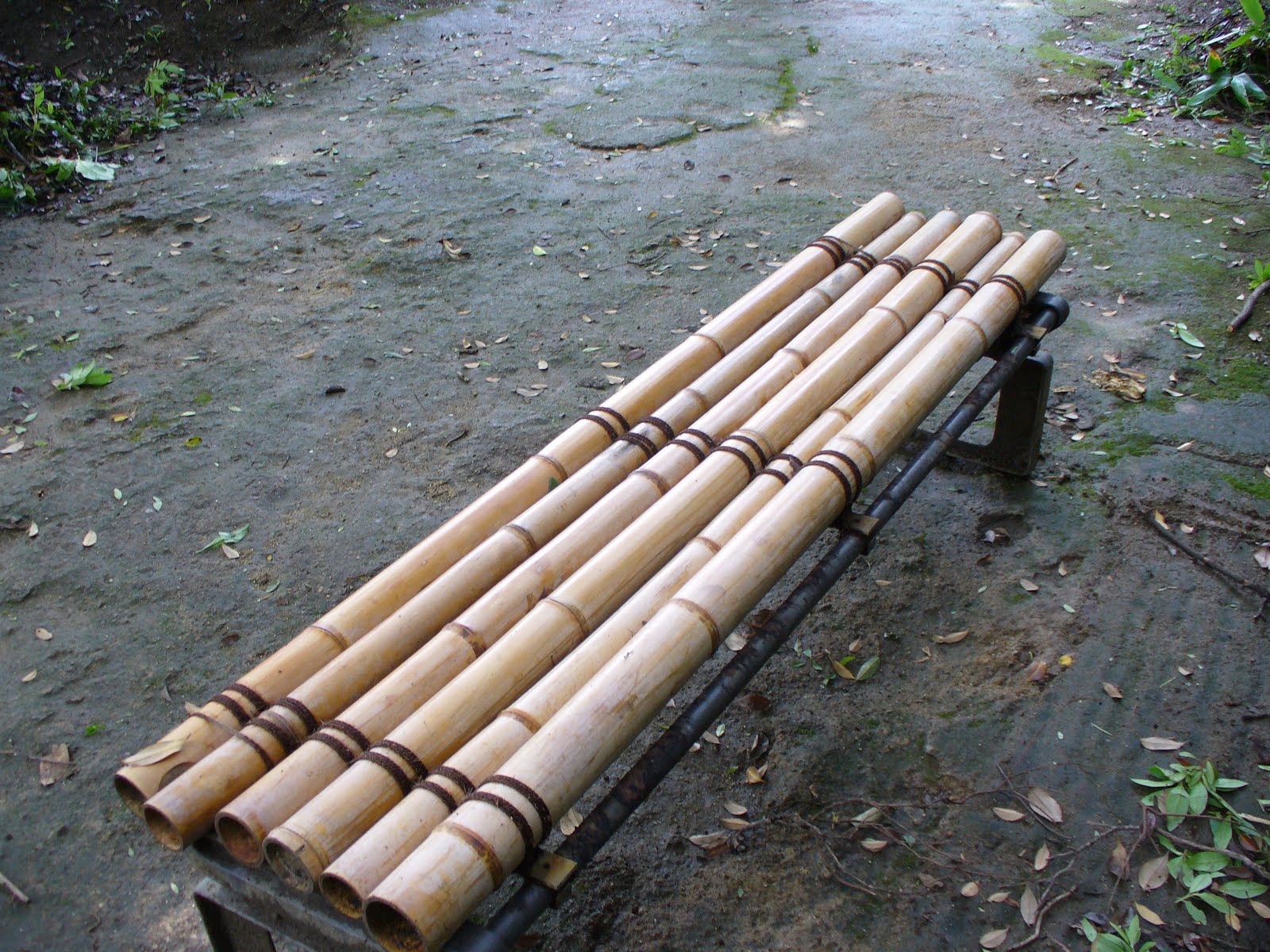How to Paint PVC to Look Like Bamboo

Considering the fact that PVC is one of the many forms of plastic, one can easily imagine how difficult it would be to paint it. You will have to do a fair amount of work to prepare the PVC pipes in order for paint to properly adhere to the pipes. However, if you know the right way to paint PVC, you should be able to complete the task in a few hours.
Things Required:
– 200-grit sandpaper
– Plastic primer
– Masking tape
– Acrylic paint
– 2-inch-wide paintbrushes
– Artist’s paintbrushes
– Clear acrylic satin finish sealant
Instructions
-
1
Roughen up the PVC pipes by sanding them with 200-grit sandpaper. Sand the pipes vigorously so that to ensure that the paint will stick better.
-
2
Spray a thin layer of plastic primer on the roughened PVC pipes. Choose a specialised plastic primer because plastic primers adhere to the plastic surface by means of a chemical reaction instead of just sitting on top it. Wait until the primer coat is completely dry before proceeding to the next step.
-
3
Carefully observe the details in a bamboo image because you will need to replicate these details to give your paintwork a more authentic and natural look.
-
4
Use several rolls of masking tape along the length of the PVC pipe to replicate swelling found on a real bamboo. Cover rest of the PVC surface with vertical masking tape strips. Apart from giving the pipes a more natural look, the masking tape will provide a better surface to which the acrylic paint can adhere.
-
5
With a 2-inch-wide paintbrush, paint the PVC pipes with a base coat of light yellowish-brown coloured acrylic paint. Let the base coat dry completely before moving on to the next step.
-
6
The length of a real bamboo stalk is divided into segments, with rings separating one segment from the other. To give the same effect to the PVC pipes, paint rings at points where the masking tape is swelled more than normal.
-
7
To further highlight the paintwork so that it will look more natural, smudge the area immediately above and below the rings with a mixture of white paint and your base coat colour. Use an artist’s paintbrush for this task.
-
8
A real bamboo is streaked vertically. All the way around the PVC pipe, lightly drag down a 2-inch-wide paintbrush dipped in dark brown acrylic paint. Make sure that only the tips of the paintbrush are dipped in paint.
-
9
Simulate details such as blotches or speckles that are often present on bamboo stalks near the joints. You can accomplish this by applying blots of dark brown paint with an artist’s paintbrush. Moreover, to simulate split ends often found on bamboo poles, apply black paint in very small strokes.
-
10
Finally, to give the PVC pipes bit of a natural shine that a bamboo pole has, apply a layer of clear acrylic satin finish sealant.







